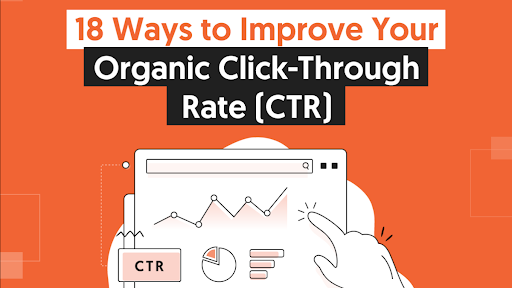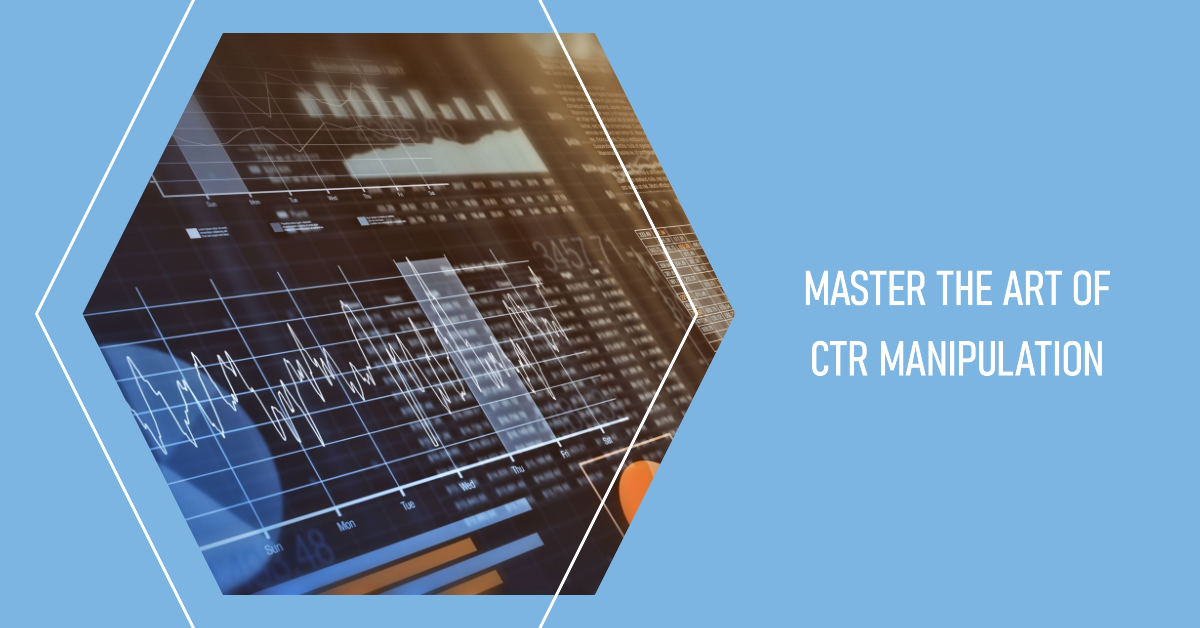The Effect of CTR Manipulation on Seo Success
In the elaborate landscape of Browse Engine Optimization (SEO), the principle of Click-Through Rate (CTR) adjustment has become a debatable yet appealing method. The capacity to affect the number of clicks a web page receives via different methods poses both chances and difficulties for digital marketers. As we dig into the ins and outs of CTR manipulation and its influence on search engine optimization success, a nuanced understanding of these techniques comes to be paramount. From uncovering the methods utilized to reinforce CTR to dissecting the repercussions of such tactics, the implications are large and complex. The interaction between CTR control and search engine optimization end results necessitates a closer evaluation, dropping light on the intricacies that underlie this compelling sensation.
Recognizing CTR Adjustment Techniques
Discovering the methodologies utilized in manipulating click-through rates (CTR) can offer important understandings into the complex techniques that influence SEO success. CTR adjustment methods are essential in affecting the presence and ranking of websites on internet search engine results pages (SERPs) One common strategy entails crafting compelling meta titles and summaries that entice individuals to click on the link. A well-crafted meta description can provide a succinct recap of the web page's material, raising the possibility of drawing in clicks.
Furthermore, optimizing the link structure and utilizing relevant search phrases purposefully can likewise enhance CTR. By incorporating keyword phrases that reverberate with the target market, internet sites can show up a lot more attractive and pertinent in search engine result, thereby driving even more natural website traffic. Additionally, leveraging abundant snippets, such as star rankings or item information, can make the search result stand apart, enhancing the opportunities of users clicking the link.
Comprehending these CTR adjustment techniques is necessary for SEO specialists aiming to improve their website's visibility and drive more natural traffic (CTR Manipulation). By applying these techniques properly, internet sites can improve their CTR and ultimately improve their general SEO success
Advantages of Increased Click-Through Rates
Enhancing click-through prices (CTR) on internet search engine results has a direct relationship with the overall success of a search engine optimization method, generating many advantages for site visibility and web traffic. Increased CTR shows that more users are clicking on your web site web link when it appears in search outcomes, signifying to search engines that your material is appropriate and interesting. This favorable reinforcement can result in improved search engine positions, as search formulas focus on sites that produce greater CTRs.
Furthermore, a greater CTR can result in an increase in natural website traffic to your site. Additionally, a strong CTR can boost brand name visibility and credibility.

Risks Related To CTR Manipulation
While controling click-through rates (CTR) may originally appear advantageous for SEO functions, it poses significant risks that can undermine lasting internet site success. Among the main risks related to CTR control is the capacity for internet search engine to identify unnatural patterns. Internet search engine like Google have advanced formulas that can determine uncommon spikes or patterns in CTR, causing potential fines or perhaps banning of the site. Such charges can have extreme repercussions, including plummeting positions and loss of organic traffic.
Additionally, counting greatly on CTR adjustment can draw away emphasis from producing high-quality, pertinent content. If initiatives are only routed towards synthetically pumping up CTR rather than pleasing user intent with beneficial web content, it can hurt the overall user experience and reputation of the web site. This can ultimately bring about decreased customer engagement, higher bounce rates, and lessened depend on from both customers and internet search engine.
Applying CTR Techniques Successfully
To make best use of the influence of CTR techniques on search engine optimization success, it is critical to implement them strategically and fairly. Strategic application involves recognizing your target market and crafting compelling meta titles view it and summaries that line up with their search intent. Conduct keyword research to identify pertinent terms and include them normally into your material. Make use of A/B testing to refine your methods constantly and remain abreast of formula updates to adjust your strategy successfully.

Tracking CTR Influence on Search Engine Optimization
Efficient tracking of click-through rate (CTR) is essential for acquiring insights right into how customer engagement effects search engine optimization (SEO) performance. By tracking CTR information, search engine optimization specialists can analyze the efficiency of their methods in attracting natural traffic and improving internet search engine rankings. Checking CTR allows for the recognition of fads, patterns, and areas for renovation in site web content, meta summaries, and title tags. Assessing CTR metrics gradually supplies valuable comments on the relevance and attractiveness of search results page to customers. Furthermore, checking CTR aids in reviewing the impact of adjustments in search formulas or rival actions on click-through rates. This data-driven technique allows SEO specialists to make educated choices to maximize their websites for far better visibility and customer interaction. Regularly monitoring CTR not just helps in recognizing customer habits yet likewise guides the improvement of search engine optimization methods to align with progressing search engine algorithms and customer preferences. Ultimately, remaining cautious in keeping an eye on CTR influence on SEO is crucial for attaining lasting and long-lasting success in the digital landscape.
Conclusion

In the complex landscape of Browse Engine Optimization (SEO), the concept of Click-Through Price (CTR) adjustment has actually arised as a debatable yet interesting practice.Improving click-through rates (CTR) on search engine results has a direct connection with the overall success of a SEO approach, generating many benefits for website presence and web traffic. Enhanced CTR shows read more that even more individuals are clicking on your website web link when it appears in search results, signifying to browse engines that your content is pertinent and appealing.Effective surveillance of click-through rate (CTR) is important for obtaining insights into exactly how user involvement impacts look engine optimization (SEO) efficiency. Frequently keeping track of CTR not just helps in recognizing user actions but additionally guides the improvement of Search engine optimization techniques to straighten with progressing search engine formulas and individual choices.